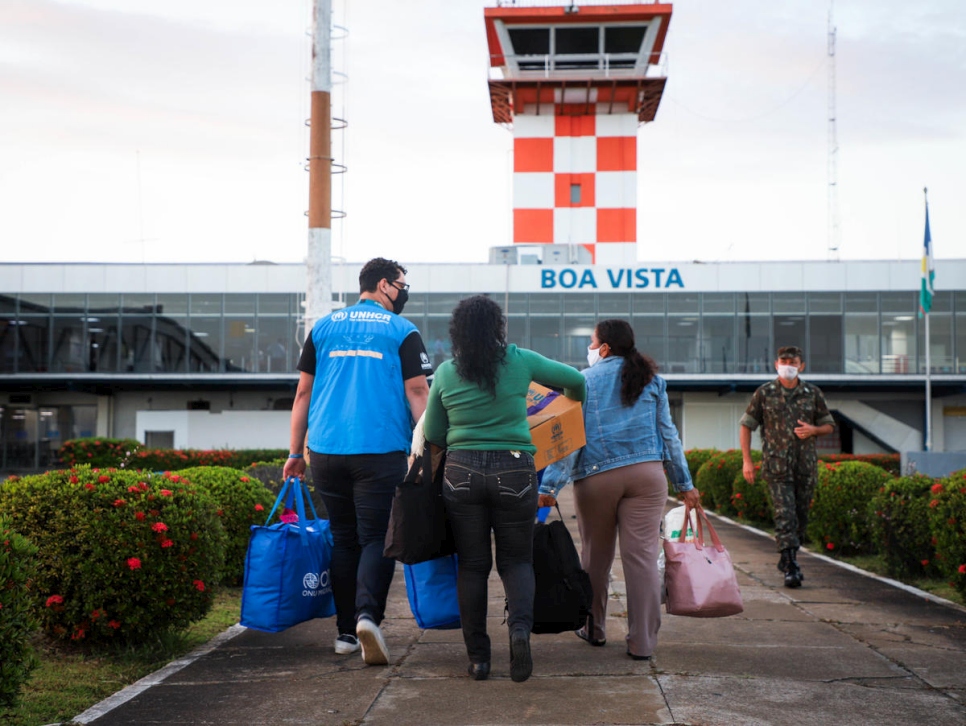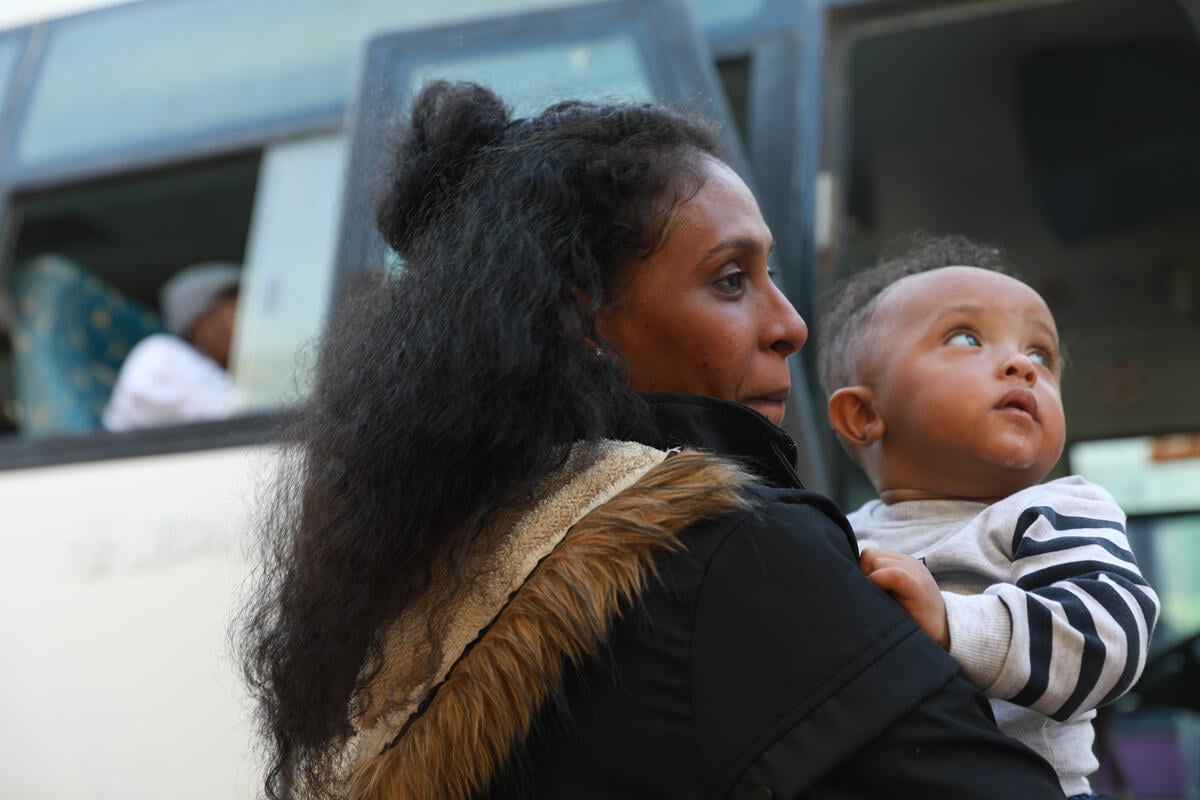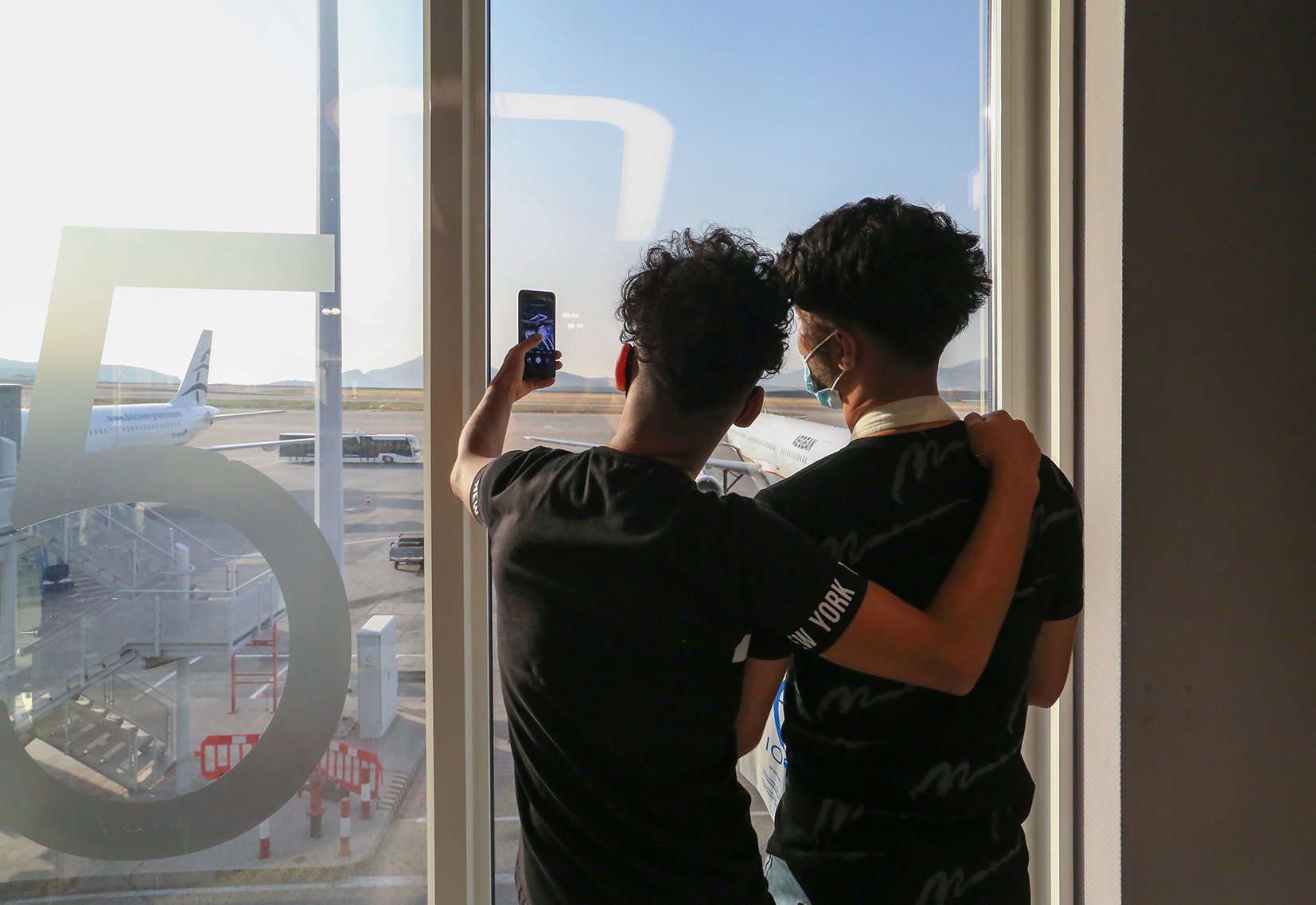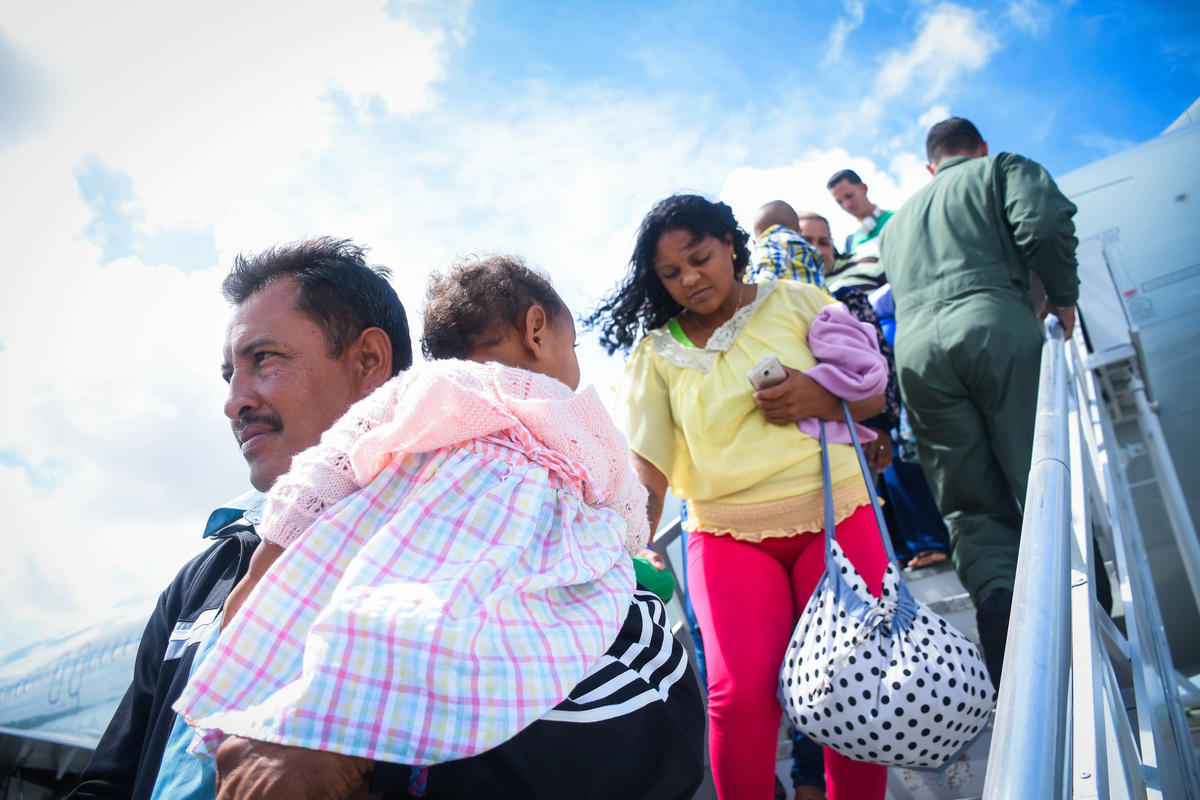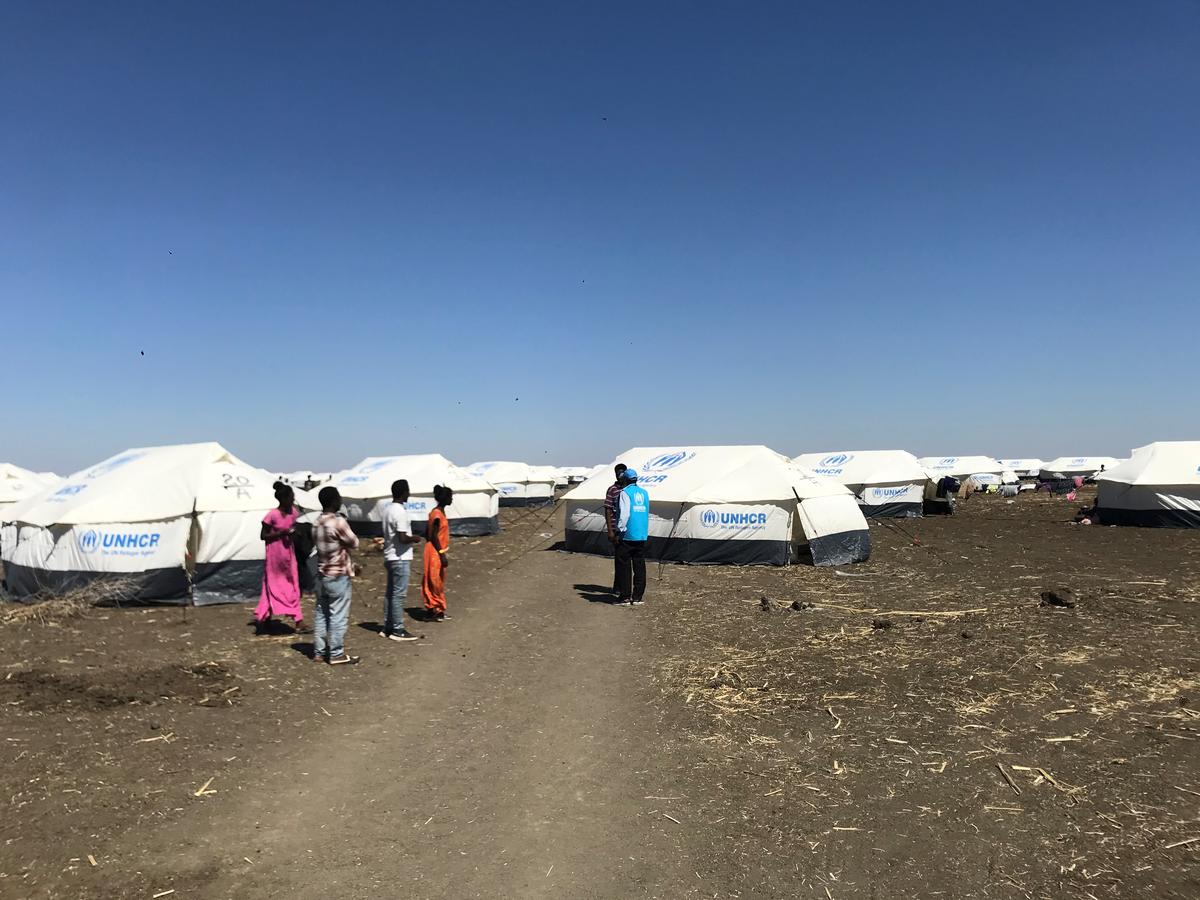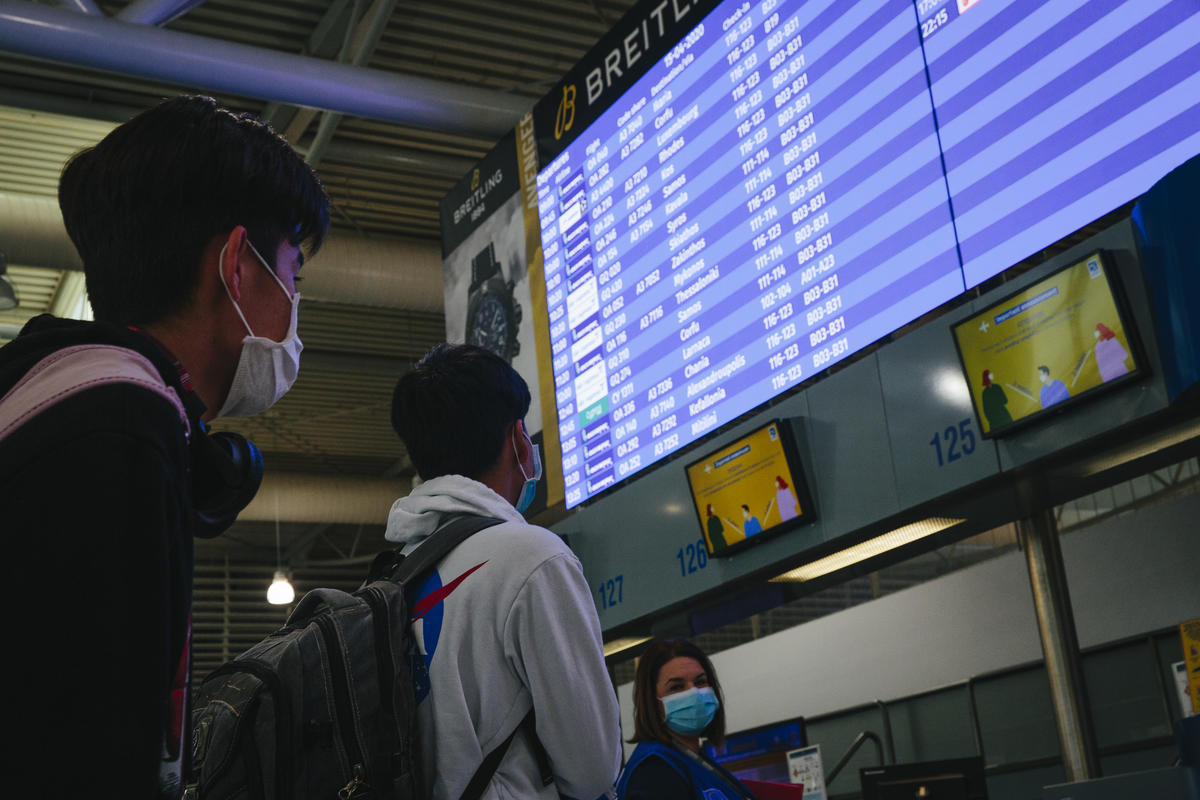UNHCR hopes transfers resume soon from Somali border to Kenya camps
UNHCR hopes transfers resume soon from Somali border to Kenya camps
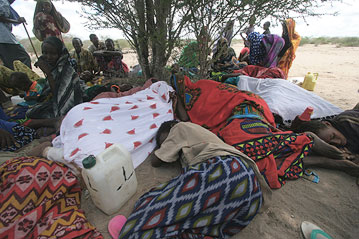
GENEVA, October 27 (UNHCR) - A UNHCR team is heading to Liboi on the Kenya/Somali border Friday to arrange the transfer of some 2,000 Somali refugees reported to be waiting there after the shuttling to the Dadaab camps was suspended mid-October.
"We hope to resume the convoys in a few days. We have been monitoring the situation in Liboi following the suspension request by the Kenyan government in mid-October so we could set up a more efficient system of screening and registration of newly arrived refugees," UNHCR's chief spokesman Ron Redmond told journalists in Geneva.
The suspension was put in force after it was discovered that Kenyan nationals were fraudulently presenting themselves as refugees, and that refugees already registered at the Dadaab camps were posing as new refugees with the aim of receiving multiple registration cards and consequently more assistance.
"Although the number of false refugees was small compared with the number of genuine new refugees, we agreed with the government that the system needed to be reviewed to ensure that the limited available resources are given to those who are genuinely in need," said Redmond.
The government is now expected to have a greater involvement in the screening and registration process. They will register all new arrivals and cross-check their information against the country's data base for registered persons. UNHCR will also register the refugees and take their fingerprints, which will eventually be matched against the agency's database of registered refugees.
"Last Wednesday, a delegation of government officials and UNHCR staff from Nairobi travelled to Dadaab and Liboi to assess the situation. An agreement was reached with the government to allow the asylum seekers at Liboi to be transferred to the Dadaab camps," Redmond said, although no date has yet been set.
The government assured UNHCR it will continue to honor its international obligations by granting asylum to refugees. The delegation also noted that there was a need to improve surveillance along the border to ensure that the civilian nature of the camps is maintained.
Border officials in Liboi told the delegation that the arrival rate had dropped to about 300 people a day from a high of over 1,000 three weeks ago. Refugees, however, said people were being prevented from reaching the border by the Somali Islamic Courts Union. In addition, heavy rains had made many roads impassable.
In Dadaab, UNHCR continues to expand existing facilities to accommodate new refugees. The Dadaab complex is composed of three camps, which now have more than 50,000 refugees each - well beyond the recommended standard of 20,000 per camp. The recent influx is straining the existing system. New arrivals are located greater distances from food distribution centres, schools, health clinics and water points. And, while the refugees are encouraged to enrol their children in the camp's schools the class rooms are simply too small to cope with the extra numbers.
Last week a joint UN flash appeal for $35 million for six months was announced to handle the new influx with the UN refugee agency asking for US$10 million to plan, coordinate and implement the emergency response in collaboration with other UN agencies. Some of the funds will be used for education programmes in the camps, including expanding and constructing new classrooms.
Since the beginning of the year, some 32,000 Somali refugees have arrived in Kenya, pushing the total number of refugees in the three Dadaab camps to 160,000.

